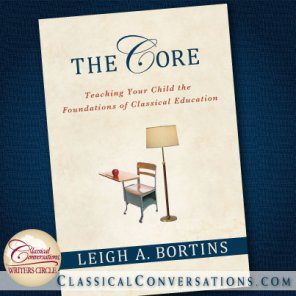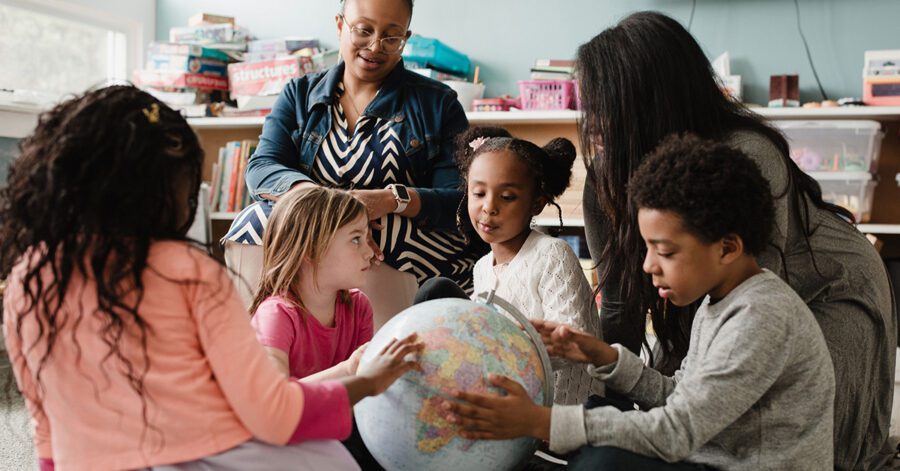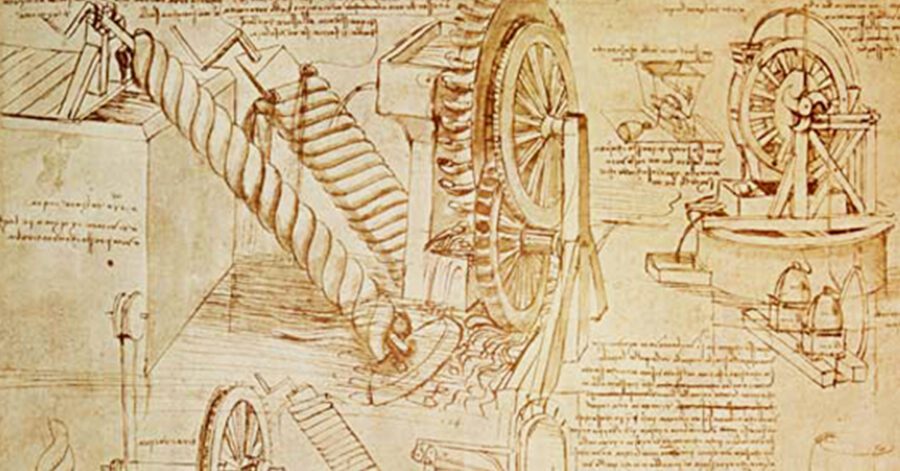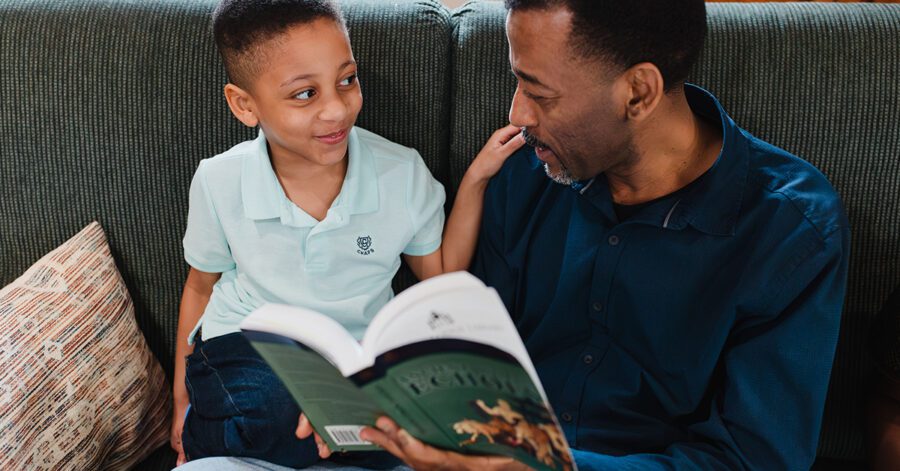
The Core Chapter 10: The Core of a Classical Education: Fine Arts
by Jennifer Courtney
“Why should my children learn about painting and music when they are really not interested?” You may have had a friend ask you this question about homeschooling, or perhaps you have even asked it yourself. Studying the fine arts enriches the souls of our children and may spark an interest or talent in something unexpected. More importantly, the arts were created and established by God. If we encourage our children to pursue the arts, perhaps some of them will reclaim the arts for the glory of God. Maybe they will be part of the next Renaissance.
In his book, The Creators: a History of the Heroes of the Imagination, Daniel Boorstin proposes that Western Civilization has been prolifically creative in the arts because of the underlying Christian belief that we are created in the image of God. Therefore, since God is creative and a creator, so are people. In State of the Arts, Gene Edward Veith further demonstrates that God ordained the fine arts when he commissioned Bezalel, the world’s first artist, to oversee the construction and decoration of the tabernacle. (For further study, see Exodus 35).
My family came to a much deeper appreciation of the arts when we studied the tabernacle, with its intricate gold and bronze statuary, its final woven curtains of purple and gold, and the jeweled breastplate of the high priest. As I have told my family and Challenge students repeatedly, God did not say, “Throw together some goat skins over a wood pole and gather ‘round to talk to me.” On the contrary, He gave the Israelites precise instructions for each minute detail of building the tabernacle and decorating it. Knowing that the arts are important to God and an integral part of worship inspires me to learn more about all of the fine arts.
Most instructors in fine arts performance—piano, orchestra, drama, and dance—still emphasize the classical model. Teachers instruct their students in the technical vocabulary of their particular discipline. For example, my young daughter’s ballet instructor knows that she must start with the grammar of ballet by showing six-year-olds the five ballet positions and by teaching them technical dance terms such as plié, jeté, and chassé. When I look for instructors for my children, I seek out those that are passionate about passing along the fine technical points of their art.
If you participate in a Classical Conversations program, your children have completed fine arts units on drawing, tin whistle and music theory, painting and art history, and orchestra and composers. We can continue to build on these experiences at home, especially in areas that are of particular interest to your child or your family as a whole. Most of you live in areas with a wide range of instruction in the fine arts and plenty of opportunities to attend performances and tour museums. Here are a few suggestions and personal stories to get you started.
• Drawing – A well-rounded education used to include instruction in realistic drawing. If you have access to art classes, look for an instructor who teaches drawing and shading principles and who encourages students to draw from life (still life, and so on). If you prefer to pursue drawing lessons at home, read Mona Brookes’ Drawing with Children. In The Core, Leigh also recommends Ed Emberley’s series of drawing books.
• Painting – Find an instructor who appreciates the value of learning from the masters by copying their works. I have been fortunate to find an art instructor for my daughter who has had her copy paintings by Van Gogh and Jasper Johns among others. At home, I can support her efforts by finding children’s biographies of these artists and catalogs of their paintings.
• Music Performance – Look for a teacher who is committed to teaching solid music theory as well as exposing children to classical composers such as Mozart, Haydn, Chopin, Debussy, Beethoven, and so on. Children who enjoy playing are often proficient at teaching themselves popular music, but it takes a good teacher to expose them to a wider array of music. I am grateful to my own piano teacher who recognized an affinity between my playing style and Chopin whose pieces I still enjoy today.
• Poetry – Perhaps the most important key to appreciating poetry is not to be intimidated by it! Start when children are very young by exposing them to nursery rhymes. Memorizing a poem is great for Foundations presentations. Copying and illustrating a poetry notebook over the course of a year is an excellent handwriting activity. My two personal favorite poetry collections for young children are Eloise Wilkin’s Poems to Read to the Very Young and Shel Silverstein’s Where the Sidewalk Ends (for days when you need silliness and humor).
• Museum Trips – A trip to an art museum can be informative and enjoyable if you do two simple things. The first is to acquaint your children with the artists whose work you will see before you arrive. Check out a simple children’s biography which contains reprints of their work and discuss the artist before you go. Children are much more receptive to familiar experiences than to strange ones. Then, if it is available at your museum, pay the extra money for the children’s audio headset tour. When my family toured the Getty Museum in Los Angeles, the children’s headset was more informative and interesting than the adult tour!
• Performances – Keep in mind again that children are much more receptive to familiar experiences. If you are going to attend a performance of Shakespeare, read a prose summary of the play before you go. (We use Tales from Shakespeare by Charles and Mary Lamb.) If you are going to an opera, ballet, or concert, read a children’s biography of the composer and listen to selections of the music before you go. There are many excellent picture books that re-tell the story. Try to choose performances that are more accessible to young children such as Tchaikovsky’s “The Nutcracker” or the “1812 Overture.”
Experiencing the fine arts nourishes the soul. Our children need to contemplate and appreciate beautiful words, music, movement, and paintings. In the words of Paul, “Finally, brethren, whatsoever things are true, whatsoever things are honest, whatsoever things are just, whatsoever things are pure, whatsoever things are lovely, whatsoever things are of good report; if there be any virtue, and if there be any praise, think on these things” (Philippians 4:8, KJV).
To read additional articles about The Core, click on the links below:
- The Core Chapters 1-3: Back to School (Exploring the Classical Model)
- The Core Chapter 4: The Core of a Classical Education Reading
- The Core Chapter 5: The Core of a Classical Education: Writing
- The Core Chapter 6: The Core of a Classical Education: Math
- The Core Chapter 7: The Core of a Classical Education: Geography
- The Core Chapter 8: The Core of a Classical Education: History
- The Core Chapter 9: The Core of a Classical Education: Science
- The Core Chapter 10: The Core of a Classical Education: Fine Arts



